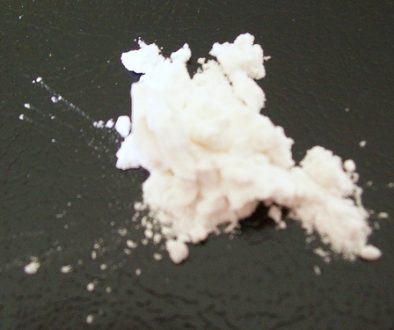The Variation of Drug Crime Penalties in Pennsylvania
Our law firm represents a number of individuals charged with violations of Pennsylvania’s Controlled Substance, Drug, Device, and Cosmetic Act (35 P.S. § 780-101). I’ve written a number of articles on the various strategies involving the defense of illegal narcotics or controlled substance charge within the Commonwealth of Pennsylvania and the State of New Jersey but this article focuses on drug offenses based on the type of substance and the amount involved.
It’s important to understand that in Pennsylvania a person can face both felony and misdemeanor drug offenses but obviously felony charges carry with them the possibility of state incarceration whereas misdemeanor drug charges are far less serious
All illegal drug and narcotics charges aren’t the same!
Pennsylvania, like New Jersey, doesn’t treat all drugs the same and under 35 P.S. § 780-113(a) the law outlines not only the classification of these offenses but assigns them an offense gravity score (OGS) and a prior record score (PRS). I have written previous articles on offense gravity and prior record scores. These are important numbers to consider when evaluating a plea offer or the decision to move to either a judge or jury trial with your attorney.
In Pennsylvania, Possession with the Intent to Deliver (PWID) of either a Schedule I or Schedule II substance which would include cocaine, PCP, and methamphetamine, carries with it an offense gravity score (OGS) of 13 if the amount involved is greater than 1000 grams (1 kilo). If, however, these same substances are between 100 to 1000 grams then the offense gravity score drops to an 11. The OGS drops even further when the amount is 50 to less than 100 grams (OGS 10) and for 10 grams to less than 50 grams the OGS is 8. For a drug like ecstasy or a Schedule I non-narcotic drug where the amount involved is 1000 pills or greater the OGS is 10 but this drops to a 7 where the amount is less than 1000 pills but more than 100. The OGS falls even further, to a 5, where the amount is between 50 but less than 100 pills, and it is a 3 where the amount is between 1 but less than 50 pills.
The Commonwealth treats narcotic prescription pills such as oxycodone, Oxycotin, and percocets similar to ecstasy and the OGS for these offenses are very similar. The drug marijuana carries with it the least criminal consequences and the OGS for this drug where the amount is over 1000 pounds is 10 (5000 live plants), where the amount is between 50 to 1000 pounds the OGS is an 8 (51-1000 live plants), and for possession with the intent to deliver (PWID) marijuana, 1 pound to less than 10 pounds the OGS is a 5.
Why the Offense Gravity Score of a Crime Matters
While all of these above charges are felony offenses, an individual with an OGS of 13 would face sentencing guidelines of 60-78 months (state prison) even if their PRS (prior record score) was a 0, meaning no prior criminal history. An OGS of 5 however, would only carry with it restorative sanctions (probation) to 9 months of county incarceration.
If you are charged with a drug crime in Pennsylvania or New Jersey, it is very important that your attorney focus his or her attention on the weight involved even if you’re charged with a conspiracy. As I have written in my articles on conspiracy, the penalties for these offenses follow the principle act.
While most of our criminal defense client’s cases involve the prosecution of Schedule I or Schedule II substances, it’s important to keep in mind that Pennsylvania doesn’t prosecute Schedule III or Schedule IV drugs as harshly. While a person obviously still faces felony charges, the OGS for these classifications is a 5.
What to do next!
For more information on drug charges I encourage you to keep reading my blog and visit my free download section.



